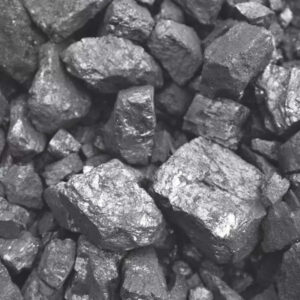Iron ore futures pared early gains on Wednesday and struggled for a clear direction, as market discussions over potential steel production cuts in top consumer China weighed on prices of the key steelmaking ingredient.
The most-traded September iron ore contract on China’s Dalian Commodity Exchange (DCE) closed daytime trade 0.36% lower at 824 yuan ($113.55) a metric ton, after touching an intra-day high of 835.5 yuan a ton earlier in the session.
Similarly, the benchmark July iron ore on the Singapore Exchange narrowed gains to trade 0.5% higher to $107 a ton, as of 0745 GMT, after climbing more than 1%.
Market talks of output cuts in more regions weighed on prices in the afternoon trading session, said analysts.
The market chatter came following a meeting between relevant authorities in the southern province of Fujian and local steelmakers on Monday to discuss output restrictions for the year.
The Provincial Department of Industry and Information Technology did not respond to a Reuters fax seeking comment.
“Except the one for Fujian, we do not see any grounds for other talks but they did impact price movement to some degree,” said a Beijing-based analyst, requesting anonymity as he was not authorised to speak to media.
Both benchmarks were earlier supported by a softer U.S. dollar =USD and hopes of sustained short-term demand.
“The market lacks confidence in crude steel control this year, but it has strong expectations on an improved economy in the second half of the year, which partly explained why iron ore could be so resilient,” Jinrui analysts said in a note.
Other steelmaking ingredients on the DCE shed, with coking coal DJMcv1 and coke DCJcv1 down 1% and 0.1%, respectively.
Most steel benchmarks on the Shanghai Futures Exchange edged lower. Rebar SRBcv1 dipped 0.5%, hot-rolled coil SHHCcv1 ticked 0.4% lower, wire rod lost 0.5%, while stainless steel gained 0.5%.
“In theory, steel prices will benefit from talks of steel cut, but lower raw materials prices also sent downward pressure to steel,” said a North China-based analyst.




